Sir John Everett Millais
Gemälde

Pizarro Seizing the Inca of Peru
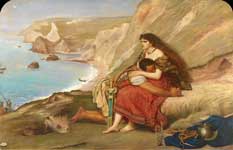
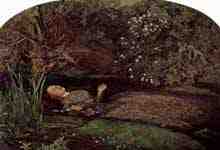
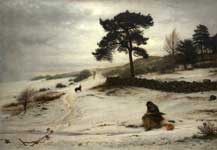




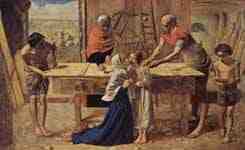
Jesus in the House of His Parents
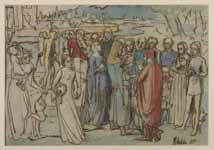
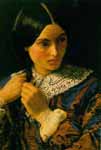
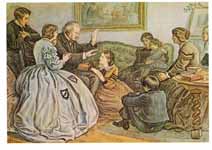
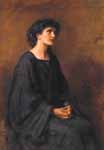
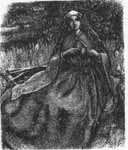

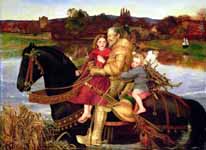
A Dream of the Past - Sir Isumbras at the Ford

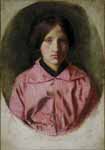

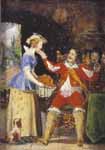
A Maid Offering a Basket of Fruit to a Cavalier
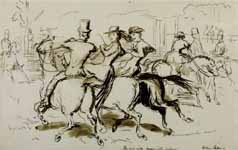
A New Ride, Kensington Gardens
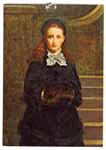
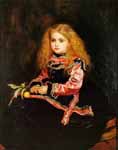
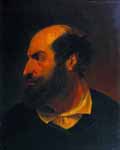
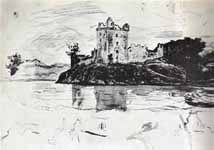
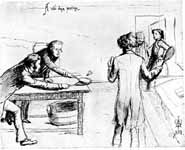

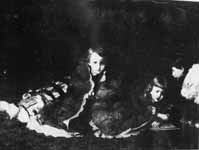
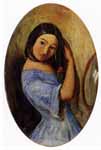
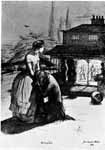
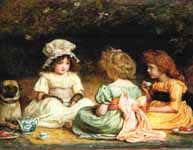

An English beauty in the manner of John Leech
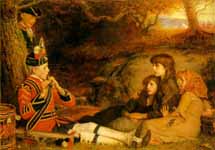

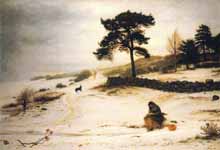

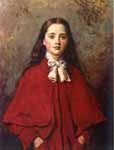
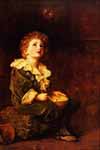
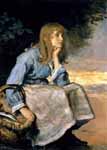
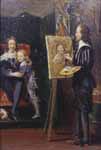
Charles I and his Son in the Studio of Van Dyck

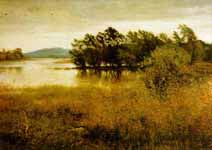

Christ in the House of His Parents (`The Carpenter's Shop')

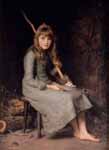


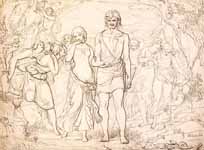
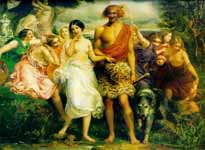
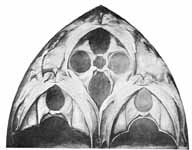
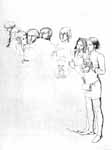
Design for a picture of 'The Canterbury Pilgrims'
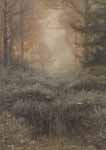
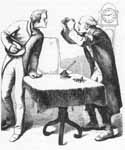
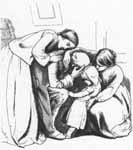

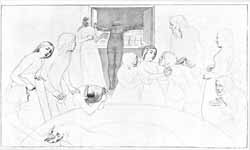

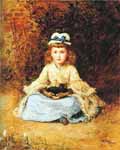
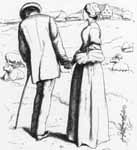
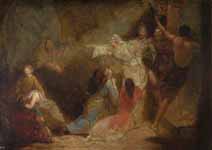
Elgiva Seized by Order of Archbishop Odo
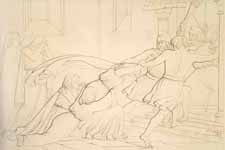
Elgiva seized by order of Odo, Archbishop of Canterbury

Enter Lord and Lady Fiddledidee

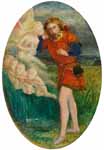


First Sketch for Ferdinand and Ariel
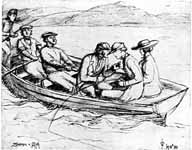
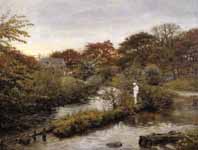

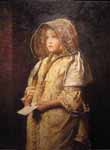
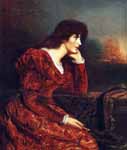
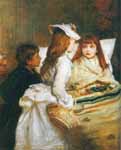

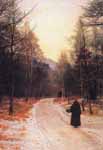
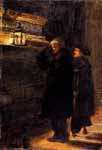
Greenwich Pensioners At The Tomb Of Nelson
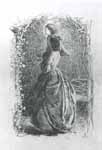

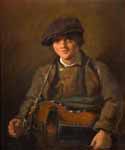



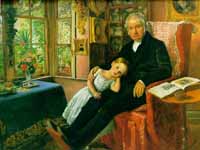
James Wyatt and His Granddaughter Mary,
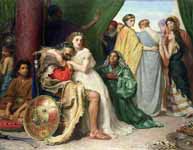


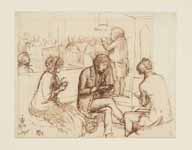



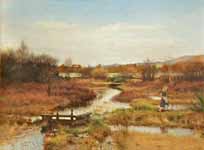
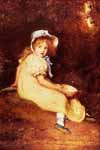
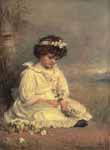
Little Speedwell's Darling Blue
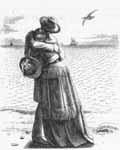
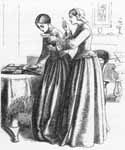

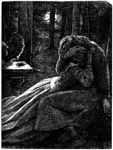
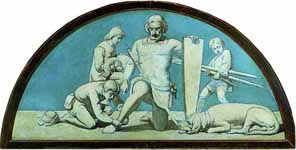

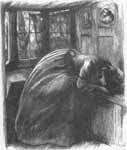

'Mark', she said, 'the men are here'
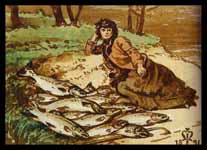
Mary Millais with a huge catch of salmon by the Tay by her father
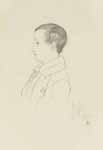

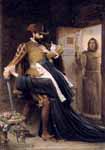
Mercy St Bartholomew's Day 1572,
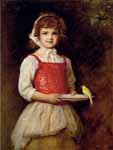
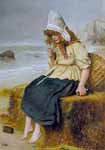
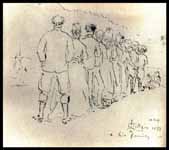
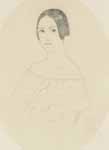
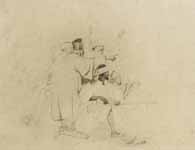

Moses, supported by Aaron and Hur, is praying for victory
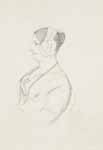
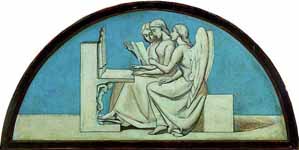
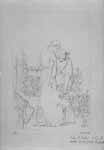
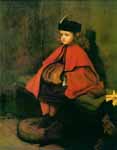
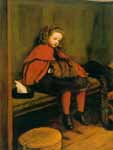
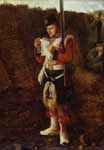
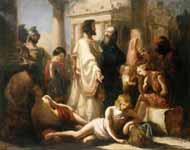

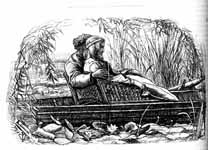
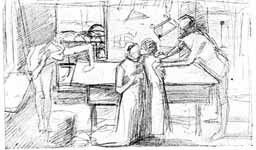
Original Drawing for 'Christ in the House of His Parents',
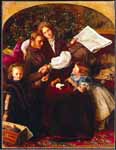
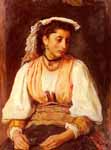
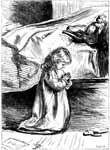
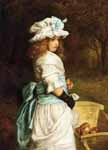

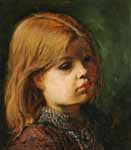


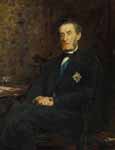
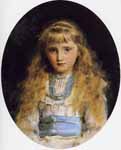
Portrait of Beatrice Caird, daughter of Sophy Caird
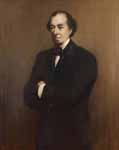
Portrait of Benjamin Disraeli, Earl of Beaconsfield (1804–1881), Prime Minister
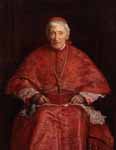
Portrait of Cardinal John Henry Newman

Portrait of Charles Allston Collins,
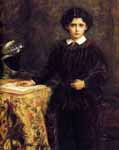
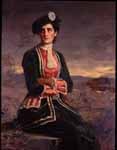

Portrait of Edward Robert Bulwer Lytton (1831–1891), 1st Earl Lytton
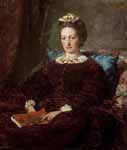
Portrait of Effie Millais, nee Gray (1828–1897)

Portrait of Euphemia Chalmers Gray,
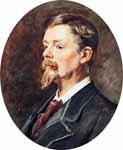
Portrait of George du Maurier (1834–1896)
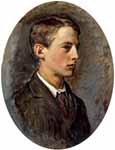

Portrait of Gertrude Vanderbilt Whitney
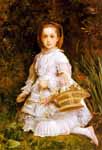
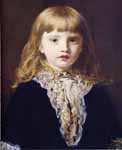
Portrait of Hugh Cayley of Wydale
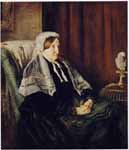

Portrait of James Paget (1814–1899), Lecturer and Surgeon at St Bartholomew's Hospital
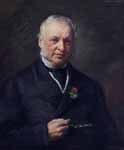
Portrait of James Wyatt Junior (b.1812), Aged 65
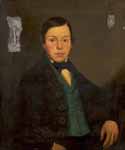
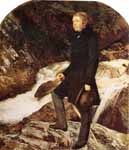
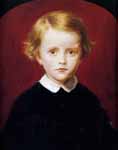
Portrait of John Wycliffe Taylor

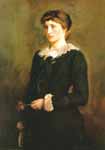
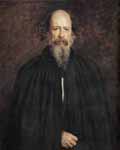
Portrait of Lord Alfred Tennyson
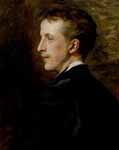
Portrait of Lord Ronald Sutherland Gower (1845–1916), Sculptor and Writer ,

Portrait of Louise Jane Jopling,
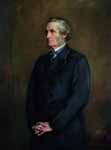
Portrait of Luther Holden (1815–1905), Surgeon at St Bartholomew's Hospital (1865–1881) ,
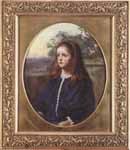
Portrait of Margaret Fuller Maitland

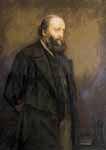
Portrait of Marquess of Salisbury (1830–1903), Lord Warden of the Cinque Ports
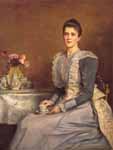
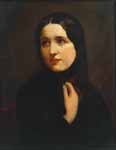

Portrait of Miss Evelyn Tennant

Portrait of Moore’s ‘Lalla Rookh’,
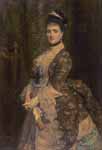
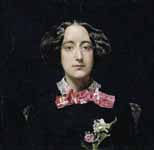
Portrait of Mrs Coventry Patmore
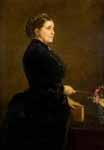
Portrait of Mrs Isabella Elder (1828–1905) ,
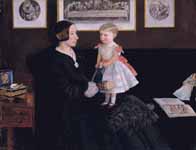
Portrait of Mrs James Wyatt Jr and her Daughter Sarah
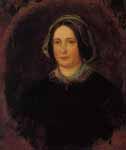
Portrait of Mrs William Evamy The Artists Aunt

Portrait of Nina Lehmann, aged nine, later Lady Campbell, full length in white dress
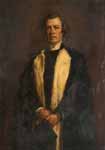
Portrait of Reverend John Caird (1820–1898), Principal of Glasgow University (1873–1898) ,
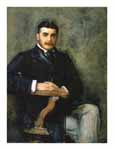
Portrait of Sir Arthur Seymour Sullivan,

Portrait of Sir Henry Thompson

Portrait of Sir Robert Pullar,

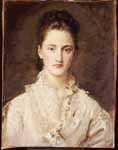
Portrait of the artist's daughter, Mary, half length

Portrait of The Earl of Beaconsfield, Benjamin Disraeli,
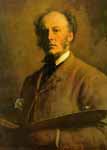
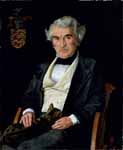
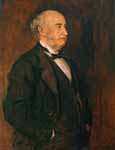
Portrait of Thomas Hyde Hills (1815–1891), President of the Pharmaceutical Society (1873–1876),
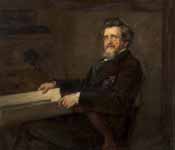
Portrait of Thomas Oldham Barlow
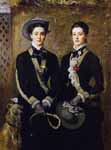
Portrait of Twins, Grace and Kate Hoare,
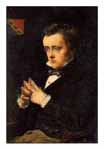

Portrait of William E. Gladstone (1809–1898) ,

Princess Elizabeth in Prison at St James’s,
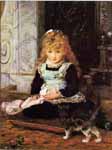
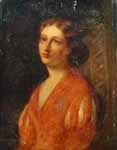
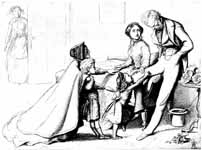
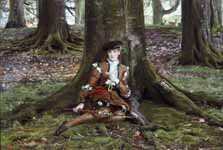
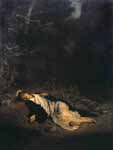
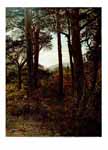
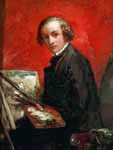
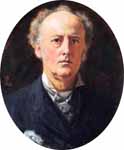
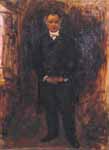
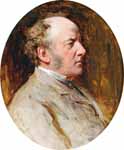
Sir John Everett Millais (1829–1896) by John Everett Millais and George Reid,
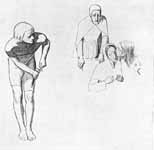
Sketch for 'Christ in the House of His Parents',

Sketches for Mariana and The Return of the Dove,
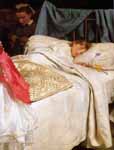
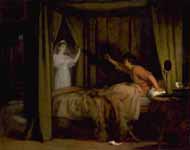
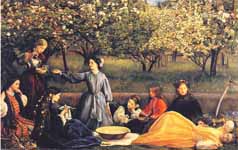
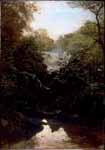
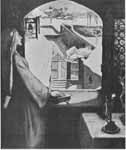
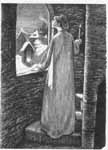

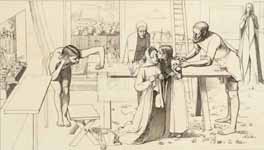
Study for 'Christ in the House of His Parents

Study for 'Christ in the House of His Parents
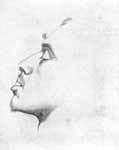
Study for 'Lorenzo and Isabella' (D. G. Rossetti],
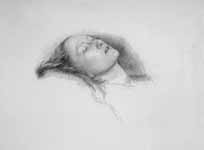

Study for 'The Black Brunswicker',
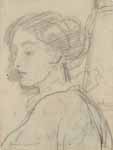
Study for 'The Black Brunswicker', Head detal,


Study of A Greek Girl, later Portia
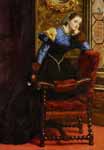

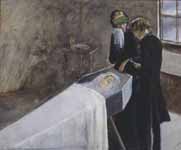
The Artist Attending the Mourning of a Young Girl,

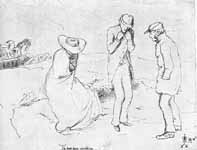
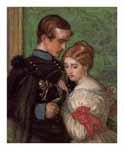

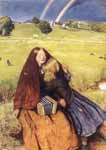
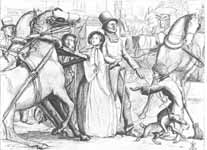
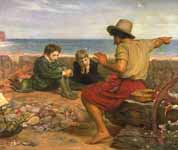
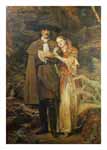
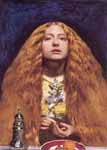
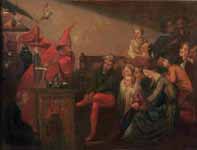
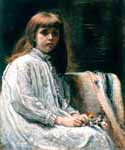
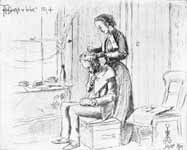

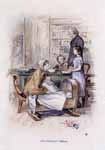
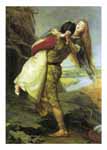
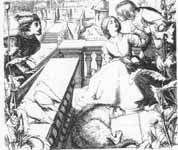
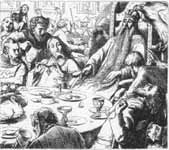
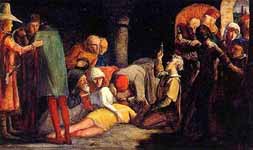
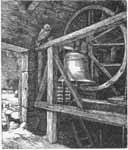
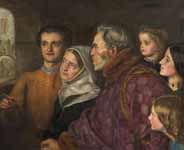
The Departure of the Crusaders,
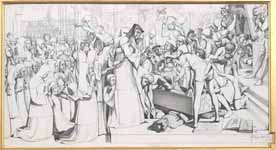
The Disentombment of Queen Matilda,
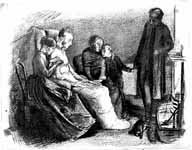

The Enemy Sowing Tares (St Matthew XIII, 24–25),
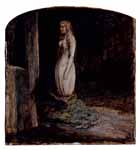

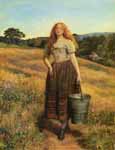
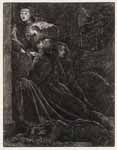
The Foolish Virgins, published 1864


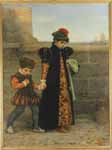
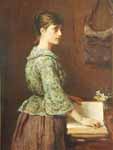
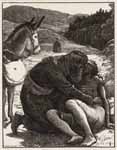
The Good Samaritan, engraved by the Dalziel Brothers, published 1863
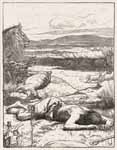
The Good Shepherd, published 1864
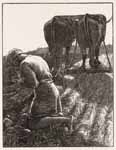
The Hidden Treasure, published 1864

The Honourable John Nevile Manners
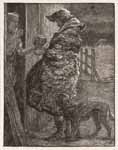
The Importunate Friend, published 1864

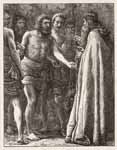
The Labourers in the Vineyard, published 1864
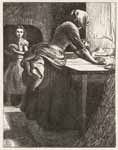
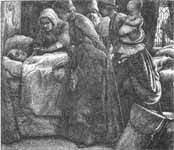
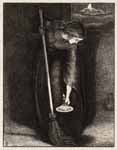
The Lost Piece of Silver, published 1864
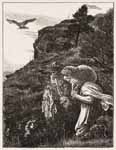
The Lost Sheep, published 1864

The Love of James 1st of Scotland
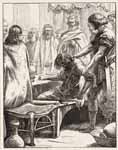
The Marriage Feast, published 1864
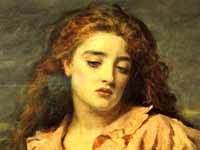
The Matyr of the Solway (detal),

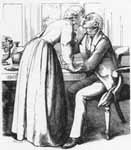

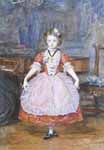
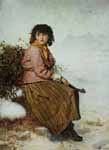
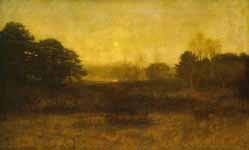
'The Moon is Up, and Yet it is not Night',
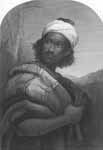
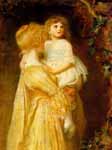
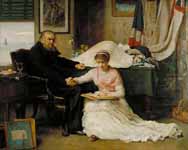
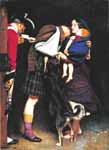

The Pearl of Great Price, published 1864

The Pharisee and the Publican, published 1864

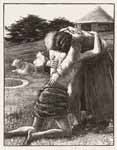
The Prodigal Son, published 1864
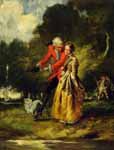





The Return of the Dove to the Ark,

The Rich Man and Lazarus, published 1864
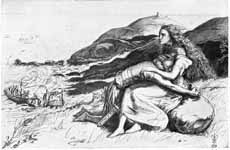
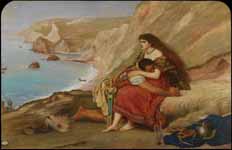
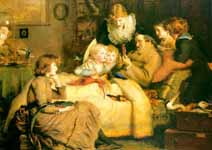


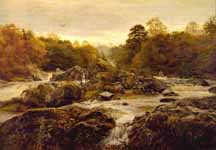
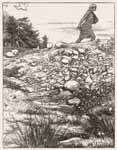
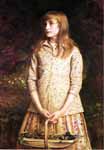
The Sweetest Eyes That Were Ever Seen

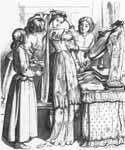
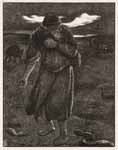
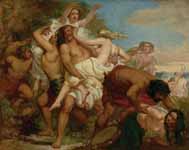
The Tribe of Benjamin Seizing the Daughter of Shiloh,

The Unjust Judge and the Importunate Widow, published 1864

The Unmerciful Servant, published 1864
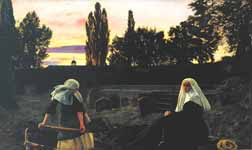
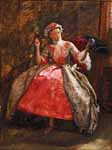
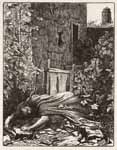
The Wicked Husbandman, published 1864

The Wise Virgins, published 1864

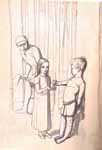
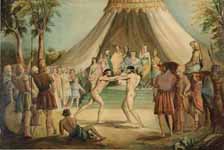
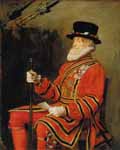
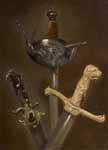

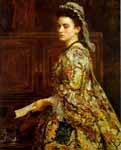
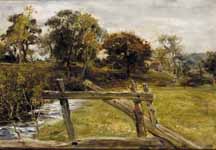

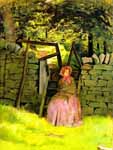
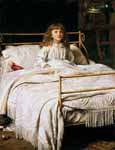

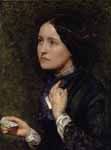
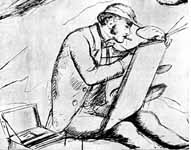

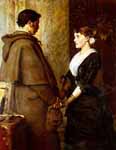
Zeichnungen


Christus im Haus seiner Eltern

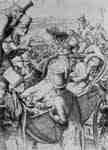
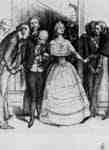

Die Rückkehr der Taube in die Arche
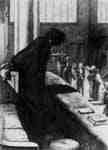
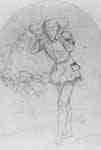
Ferdinand wird von Ariel angelockt


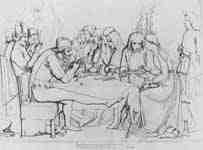

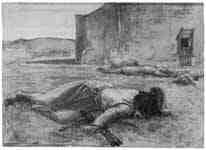
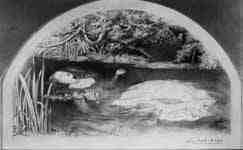

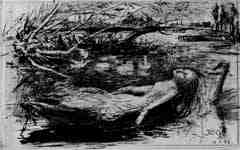
John Everett Millais [ˈmilɛː] PRA (* 8. Juni 1829 in Southampton; † 13. August 1896 in London[1]) war ein britischer Maler aus dem Kreis der Präraffaeliten. Millais war der erste Künstler, dem der erbliche Titel Baronet verliehen wurde.
Leben
John Everett Millais entstammte einer Mittelklassefamilie aus Jersey. Seine Eltern waren John William Millais (1800–1870) und Mary Evamy (1789–1864). Zwischen 1833 und 1838 lebte er in St. Helier, Jersey, und in Dinan, Bretagne. Als Wunderkind besuchte er von 1838 bis 1839 die Sass’ Art School [2] und gewann mit 9 Jahren eine Silbermedaille der Royal Society of Arts. Im Jahr 1840, mit elf Jahren, wurde er - als jüngstes Mitglied aller Zeiten - von Sir Martin Archer Shee in die Royal Academy of Arts in London aufgenommen, die er bis 1847 erfolgreich absolvierte. Hier wurde er "the child" (das Kind) genannt. Für eine Zeichnung der Antike erhielt er 1843 die Silbermedaille. Sein Gemälde “The Tribe of Benjamin Seizing the Daughters of Shiloh” wurde 1847 mit einer Goldmedaille ausgezeichnet. 1846 war er zum ersten Mal auf der Ausstellung der Royal Academy mit seinem Bild „Pizarro Seizing the Inca of Peru“ (1, 28 × 1,72 m) vertreten.[3]
Selbstbildnis
Im Juli 1848 wurde die Cyclographic Society gegründet mit den Mitgliedern: Everett Millais, Frederic George Stephens, Thomas Woolner, James Collinson, Walter H(owell) Deverell sowie Holman Hunt und Dante Gabriel Rossetti. In diesem Kreis zirkulierten ihre Entwürfe, so z. B. die Zeichnung von Rossetti "Gretchen in Church", die von Millais kritisiert wurde.[4] Diese Gesellschaft wurde jedoch bereits Ende August wieder aufgelöst. Stattdessen gründeten sie die "Pre-Raphaelite Brotherhood", die eher eine Kameradschaft als eine echte Zusammenarbeit werden sollte.[5]
Mit William Holman Hunt, den er an der Akademie kennengelernt hatte, unterhielt er ab 1848 ein gemeinsames Atelier. Millais war 1848 eines der Gründungsmitglieder der präraffaelitischen Bruderschaft und der Talentierteste von allen.
1849 stellte er in der Akademie ein erstes präraffaelitisches Bild aus: Isabella,[6] inspiriert von einem Gedicht John Keats'.
Sein Gemälde Christus im Haus seiner Eltern entfachte 1850 öffentlichen Protest. Die Unterstützung durch John Ruskin änderte 1851 die öffentliche Meinung, Millais zeigte 1852 Ophelia. Im Jahr 1853 besuchte er Schottland auf Einladung John Ruskins, den er porträtierte. 1855 heiratete er Effie, Ruskins Frau, nachdem deren Ehe annulliert worden war. Das Paar bekam acht Kinder.[7] Um dem Skandal in der Londoner Gesellschaft zu entgehen, lebten sie bis 1861 in Schottland.
Bis 1856 hatte Millais seine Maltechnik perfektioniert und suchte ruhelos nach neuen Wegen, sich auszudrücken. Er hatte erkannt, dass die Präzision des Malens im Stil der Präraffaeliten nur eine Stufe in seiner Entwicklung war.
1861 zog er mit der Familie zurück nach London. Hier hatte er großen Erfolg mit seinen Kinderbildern. Besonders bekannt wurde sein Bild „A Child’s World“ von seinem Enkelsohn, das unter dem Namen „Bubbles“ berühmt wurde. Dazu wird folgende Geschichte überliefert: Das im Frühjahr 1886 in der Tooth & Sons Gallery, 5 and 6 Haymarket, London, ausgestellte Bild wurde von Sir Ingram, dem Besitzer der Zeitschrift “Illustrated London News” gekauft. Er wollte davon Druckplatten für die Weihnachtsgrüße 1886 herstellen. Nun sah Thomas J. Barratt von der Firma A. & F. Pears das Bild in Sir Ingrams Büro und kaufte es ihm ab. Die Firma Pears war Seifenhersteller und der Junge mit den Seifenblasen („Bubbles“) von Millais wurde als Seifen-Werbung für die Firma sehr bekannt, die damit auch die Besser-Verdiener ansprechen wollte.[8]
1863 wurde Millais in die Royal Academy gewählt. Gegen Ende der 1860er Jahre war Millais zu einem außerordentlich populären Künstler geworden, unter anderem durch Buchillustrationen, Historien-, Genre- und Ereignisbilder. Er verfügte über ein stattliches Einkommen durch den Verkauf von Lizenzen für die Veröffentlichung seiner Werke als Tiefdrucke. Ab 1870 arbeitete er erfolgreich als Gesellschaftsmaler und Porträtist und erhielt zahlreiche internationale Auszeichnungen.
Im Jahr 1885 wurde John Everett Millais geadelt, 1886 stellte die Grosvenor Gallery 159 seiner Werke aus. Später waren seine Werke auch am Glasgow Institute of the Fine Arts zu sehen.
1889 war er an der Einrichtung der National Portrait Gallery in London maßgeblich beteiligt. 1896, wenige Monate vor seinem Tod, berief die Royal Academy Sir John Everett Millais zu ihrem Präsidenten.[9]
Er starb in Kensington, London, am 13 August 1896 und wurde in der St.Paul's Cathedral beigesetzt.
Die Bilder aus seinem Atelier wurden bei Christie's am 1. Mai 1897, 21. März und 2. Juli 1898 versteigert.
Werk
Christus im Haus seiner Eltern, 1850
Millais' Gemälde Christus im Haus seiner Eltern, seinerzeit allgemein The Carpenter's Shop genannt, löste bei seiner Ausstellung im Frühjahr 1850 einen der größten Skandale der Royal Academy aus. Man sah in der Naturtreue eine Blasphemie und bei Millais „papistische“ Neigungen, ein damals nicht unerheblicher Vorwurf in einem religiös unduldsamen England. Einer der schärfsten Gegner war der Schriftsteller Charles Dickens.[10] Er beschwerte sich: „Ein abscheulicher, schiefhalsiger, flennender Rotschopf im Nachthemd“. Und zur Maria: sie sei „so abstoßend in ihrer Häßlichkeit, daß sie noch im ordinärsten französischen Tingeltangel und der heruntergekommensten englischen Kaschemme als Monstrum herausragen“ würde.
Königin Viktoria war so beunruhigt durch den Wirbel, den man um den Präraffaeliten machte, dass sie sich einige Bilder in ihren Palast bringen ließ. Es wurde erwogen, die Präraffaeliten von den Jahresausstellungen der Akademie zu verbannen. Da kam ihnen John Ruskin, dessen Meinung in der Öffentlichkeit hochangesehen war, mit zwei Leserbriefen an die Times zu Hilfe. Das öffentliche Aufsehen und die lobende Kritik Ruskins beflügelte die Präraffaeliten.
Millais illustrierte eine ganze Reihe literarischer Texte namhafter Schriftsteller, darunter die Romane Anthony Trollopes und die Moxon-Ausgabe von Alfred Tennysons Poems von 1857.
In den 1870er Jahren portraitierte er hauptsächlich Persönlichkeiten des öffentlichen Lebens, so Thomas Carlyle (1877), Lillie Langtry (1878), Gladstone (1879 und 1885), Disraeli (1881) und Tennyson (1881). Es wird vermutet, dass Millais dieses aus finanziellen Gründen aufgrund seiner großen Familie machte
Sehr beliebt waren auch seine Gemälde von schönen, jungen Frauen, wie z. B Stella 1868. [11] Im Stil von Sir Joshua Reynolds malte er 1872 “Hearts are Trumps” die drei Töchter von Walter Armstrong - Elizabeth, Diana und Mary beim Kartenspiel. [12]
Wichtige Werke
Christus im Hause seiner Eltern, 1849/1850; London, Tate Gallery
'Isabella', 1848-49 Walker Art Gallery collection Curator's choice - Millais's 'Isabella'
Mariana, 1850/1850, Öl auf Mahagoni, 59,7×49,5 cm; früher Privatbesitz, seit 1999 in Verrechnung mit Steuerschulden im Besitz von Tate Britain.
Der Hugenotte, 1851/1852; Washington, Makins Collection
Ophelia, 1851/1852; London, Tate Gallery Bildbesprechung von “Ophelia”
Bildnis John Ruskin, 1853/1854; Ashmolean Museum, Oxford
Herbstblätter, 1855/1856, Manchester Art Gallery
Bildbeschreibung zu „Peace Concluded“ 1856 – Ende des Krimkriegs- The Putnam Dana McMillan Fund
The Black Brunswicker, 1860; Bildbesprechung. Liverpool, Lady Lever Art Gallery
Apfelblüte Apple Blossoms or Spring. 1858-59
The North-West Passage 1874 in der Tate Gallery
The Princes in the Tower, 1878, Holloway College, University of London
John Henry Newman, Porträt, 1881
Chronological list of Milais’ work in oil, water and black and white in: The Life and Letters of Sir John Everett Millais. Volume – II
Literatur
Günter Metken: Präraffaeliten. Ausstellungskatalog Baden-Baden 1973-1974; S. 103–133
Ausstellungskatalog Tate Britain: Pre-Raphaelites. Victorian Avant-Garde, London 2012, ISBN 978-1-84976-015-7.
Suzanne Fagence Cooper: The Model Wife: Effie, Ruskin and Millais. Publisher: Duckworth Publishing 2011. ISBN 978-0-7156-4144-6
Jason Rosenfeld: John Everett Millais. Publisher: Phaidon Press Ltd (27 Aug 2012) ISBN 978-0-7148-3977-6
Biografie verfasst von seinem Sohn John Guille Millais: The Life and Letters of Sir John Everett Millais. Volume I. Publisher: Methuen & Co., London 1899
The Life and Letters of Sir John Everett Millais. Volume – IIPublisher: Frederick A. Stokes Company, New York, 1899
Lebenslauf Chronologisch in: The Life and Letters of Sir John Everett Millais. Volume – II
George Somes Layard: Tennyson and his pre-Raphaelite illustrators. A book about a book. Publisher: Elliot Stock, London 1894
Einzelnachweise
Die kleine Enzyklopädie, Encyclios-Verlag, Zürich, 1950, Band 2, Seite 171
Art-training in mid-Victorian Britain: Sass’s
„Pizarro Seizing the Inca of Peru“ im V&A Museum
Early Pre-Raphaelite drawing style
1848 Rosetti Archive Chronology
'Isabella', John Everett Millais, 1848-49 in the Walker Art Gallery collection
Pre-Raphaelite Online Resource: John Everett Millais
The original painting was entitled 'A Child's World' and the model was Sir John Everett Millais' grandson
Günter Metken, Präraffaeliten (1973/74), S. 103
Günter Metken: Präraffaeliten (1973/74), S. 113
“Stella” in der Manchester City Art Gallery.
Reinigung und Restaurierung des Gemäldes von John Everett Millais's „Hearts are Trumps“ 1872
----
Fine Art Prints | Grußkarten | Handyhüllen | Lebensstil | Herren , Damen Bekleidung | Wohnkultur | Puzzles | Notizbücher | Wandteppiche | ...
----
Künstler
A - B - C - D - E - F - G - H - I - J - K - L - M -
N - O - P - Q - R - S - T - U - V - W - X - Y - Z
Von Wikipedia, Der Text ist unter der Lizenz „Creative Commons Attribution/Share Alike“ verfügbar; zusätzliche Bedingungen können anwendbar sein. Einzelheiten sind in den Nutzungsbedingungen beschrieben


